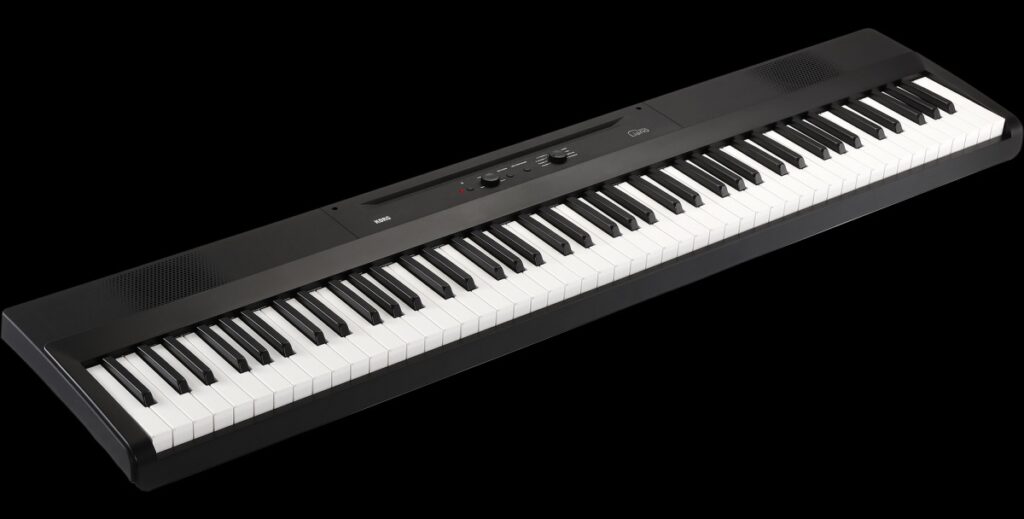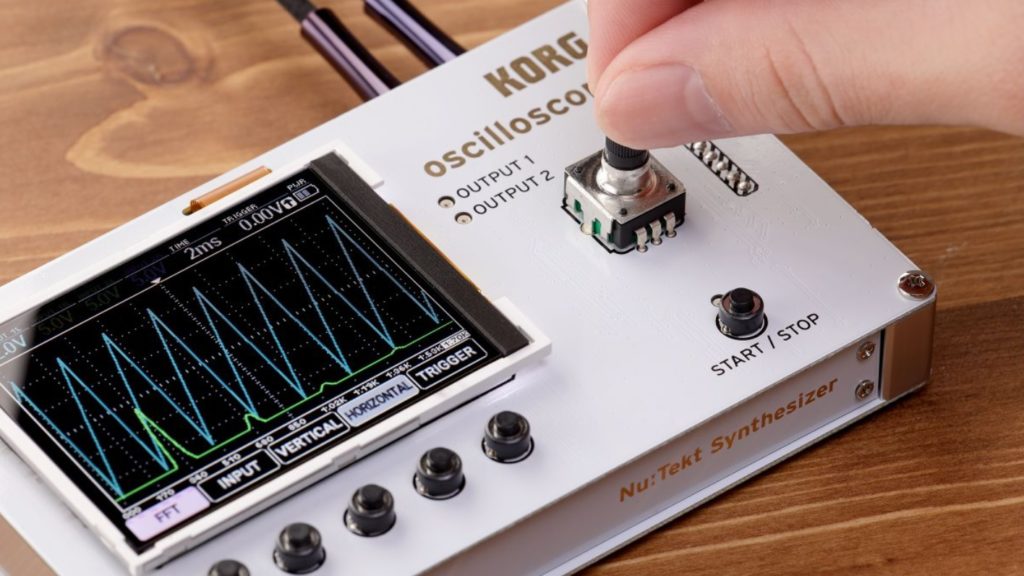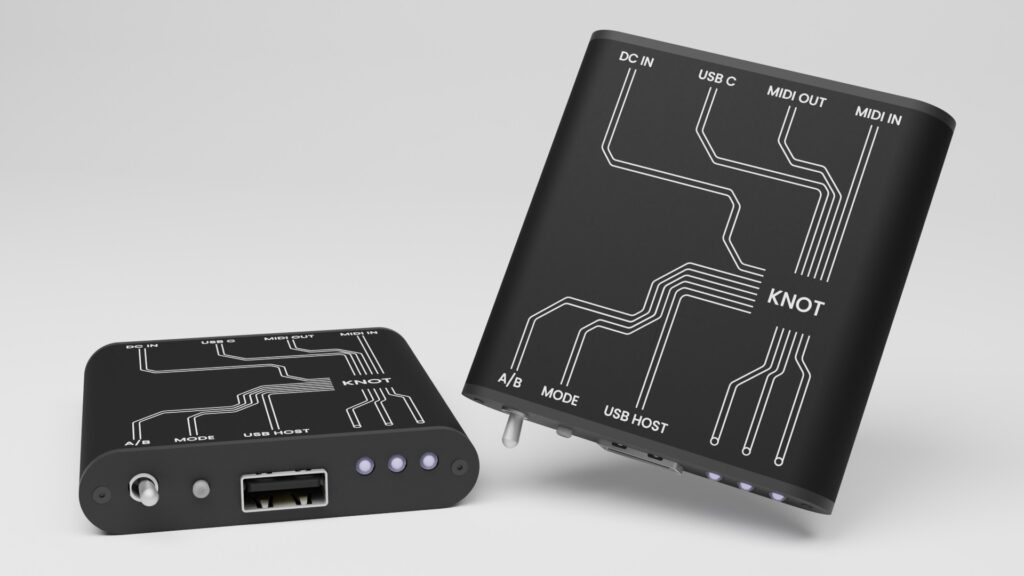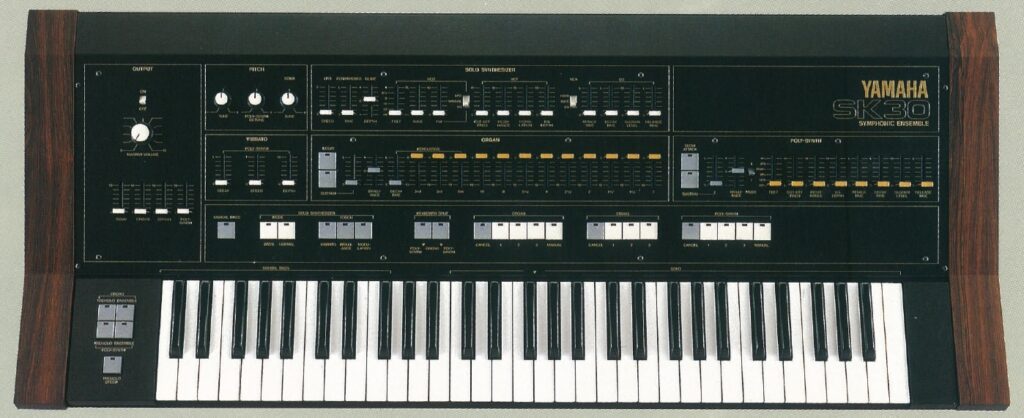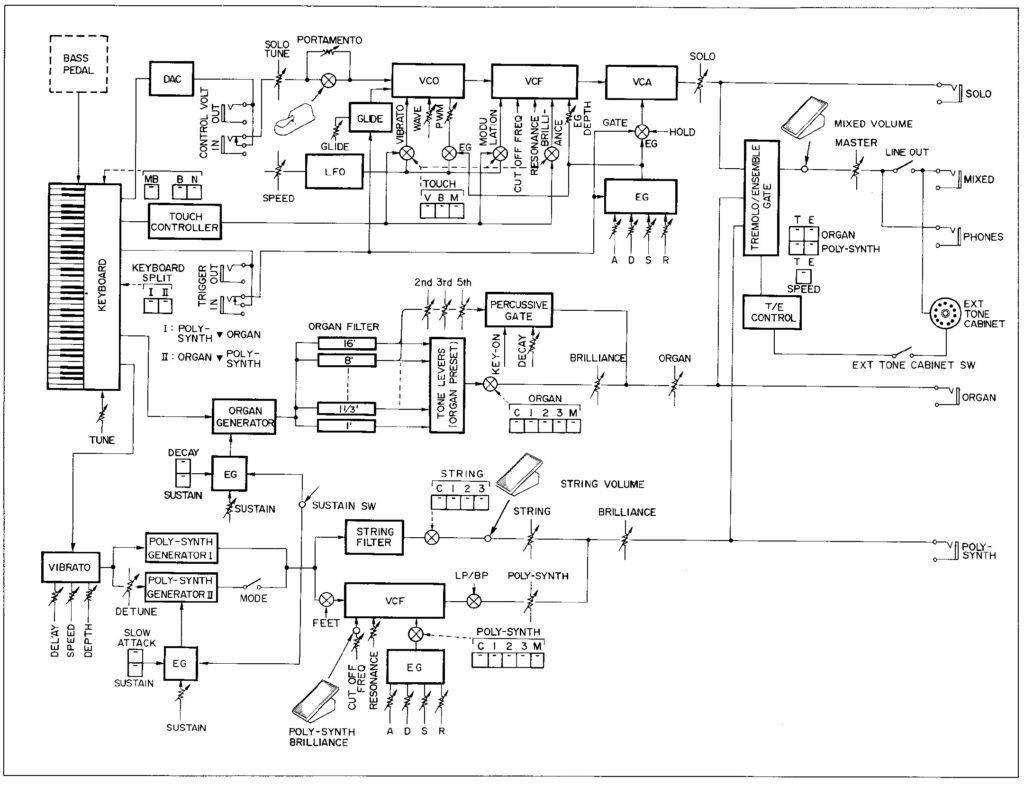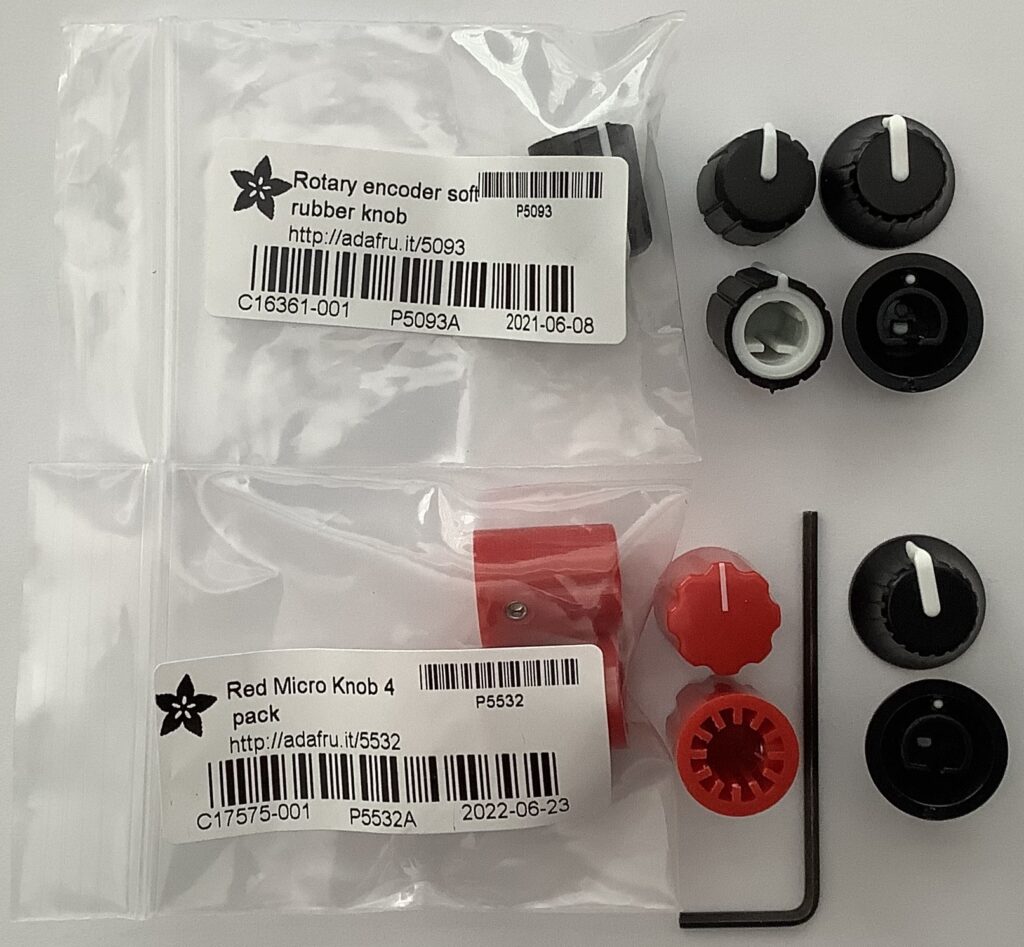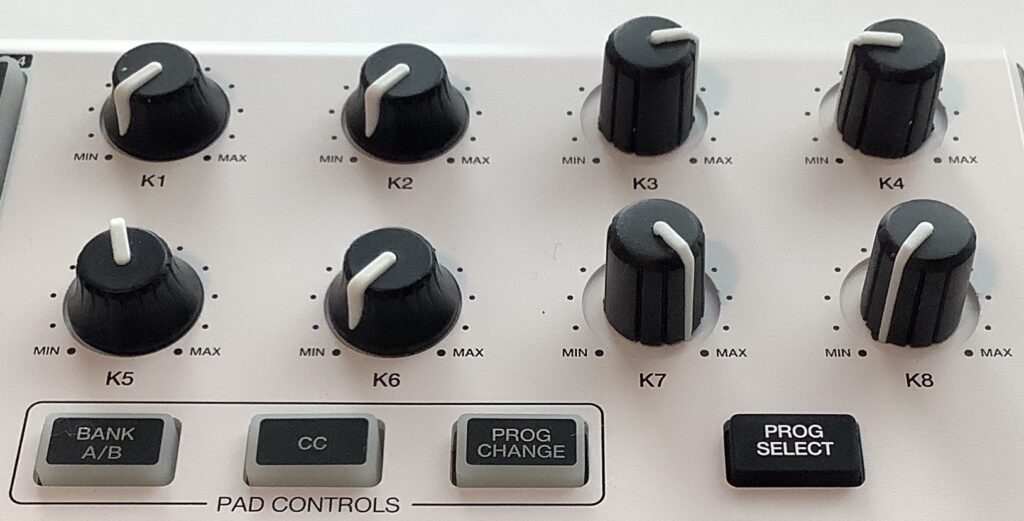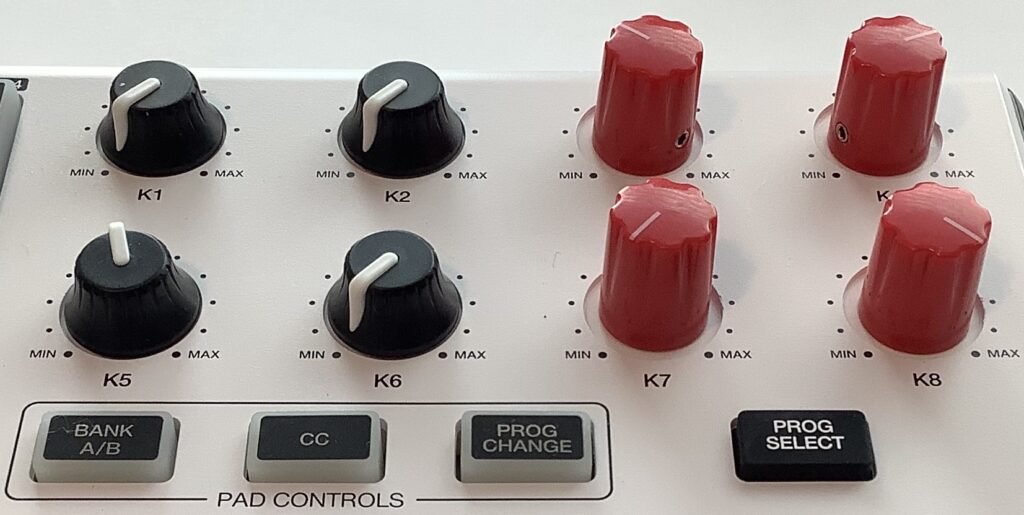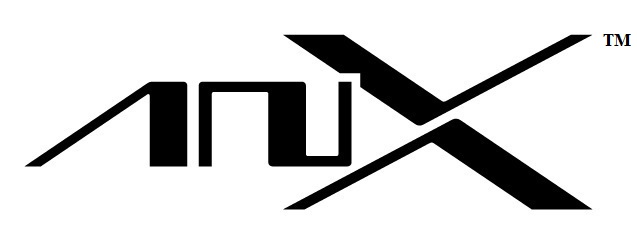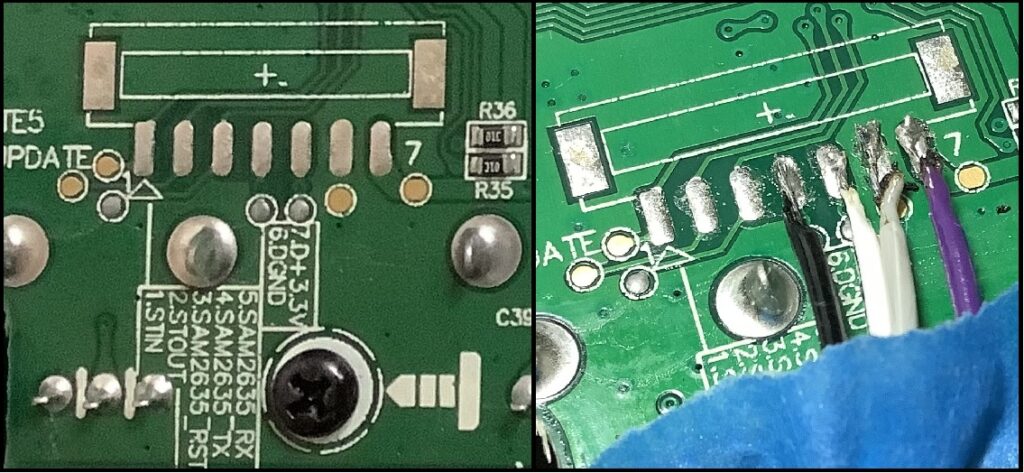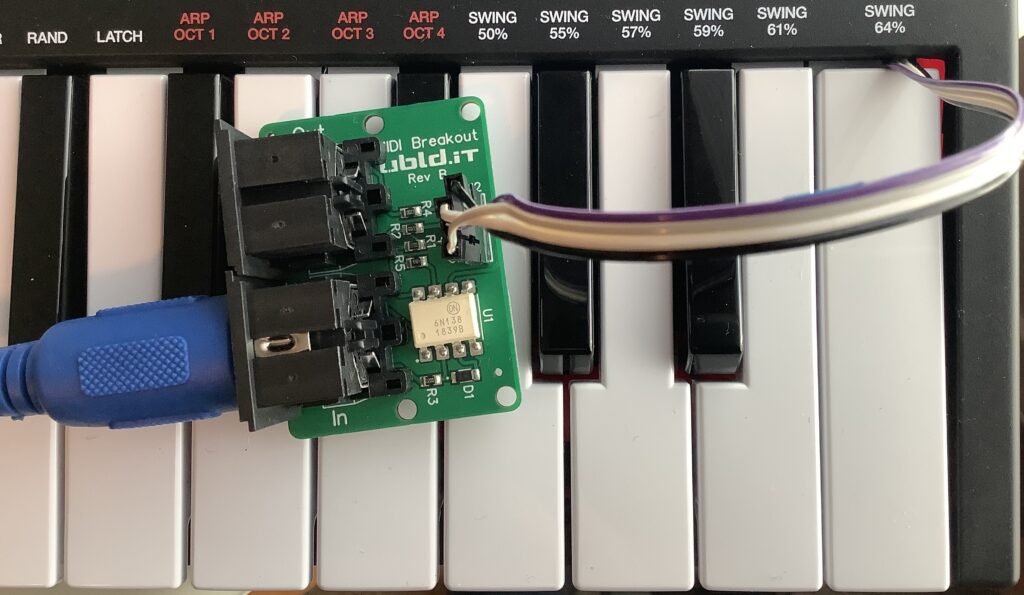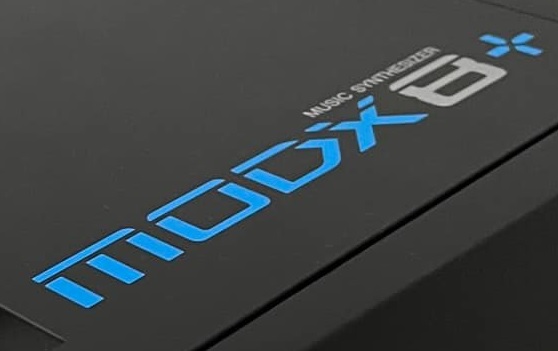While we’re distracted with “CK”, “AN”, and whatnot, Yamaha sneaks out a new P-series digital piano in Europe: the Yamaha P-S500.
Natch, you can read all about the P-S500 at Yamaha’s European web site. Physically, it’s a minimalist slab that’s designed primarily for the home or small studio market segments. Cost is about 2,100 Euro and I would expect it to retail for about $2000 USD in the States.

Basic features [courtesy of Yamaha] are:
- Compatible with Smart Pianist app installed to a smart device
- Stream Lights feature helps you perform even if you can’t read music notation
- Enjoy playing along with the 403 preset Songs, covering a wide range of genres from pop music to classical music
- Audio To Score function converts your favorite audio songs into piano accompaniment scores
- Authentic Yamaha CFX & Bösendorfer Imperial concert grand piano Voices
- Virtual Resonance Modeling (VRM)
- 88-note weighted GHS keyboard
- Huge variety of 660 high-quality instrument Voices, including Super Articulation Voices
- Built-in Auto Accompaniment features with 370 Styles
- Microphone input and automatic Vocal Harmony
Auto-accompaniment, styles, Super Articulation voices? We’ve seen these features in the DGX series, notably, the most recent DGX-670 model. The table below compares the P-S500 against the DGX-670. The DGX-670, by the way, goes for considerably less dough: $850 USD.
DGX-670 P-S500
----------------- ---------------------------------
Main piano: Yamaha CFX CFX, Bösendorfer Imperial
VRM: Yes Yes
Key-off sound: Yes Yes
Action: GHS GHS
Piano Room: Yes Yes
PB wheel: Yes No
Dual/layer: Yes Yes
Split: Yes Yes
USB audio: Play/record Play/record
Bluetooth: Yes Not built-in (optional)
Amplification: 2 x 6W 2 x (20W + 6W)
Speakers: 2 x (12cm + 5cm) 2 x (12cm x 6cm oval+2.5cm dome)
Display: 480x272 color 80x16 mono LCD
Weight 47.2 pounds 48.1 pounds
Here’s the decoder ring for Yamaha acronyms: Virtual Resonance Modeling (VRM), Graded Hammer Standard (GHS), Super Articulation (SA), Cool (velocity switched), Live (stereo), Organ Flute (drawbar organ).
The P-S500 looks to be the upscale, uptown sibling of the DGX-670. At 48 pounds, I don’t think you’ll want to schlep the P-S500 out of the house very often. In terms of styles and voices, the P-S500 is superior:
DGX-670 P-S500
------- ------
Total voices 601 660
VRM voices 9 13
SA voices 49 111
Natural voices 11 25
Sweet voices 26 27
Cool voices 53 47
Live voices 68 58
Organ Flute voices 0 29
Total styles 263 370
Pro styles 215 328
Session styles 19 25
Free Play styles 0 3
Pianist styles 29 13
Drum Kits 29 29
The P-S500 factory voice set includes many of my favorites. If you’re looking for a more than decent, mid-level keyboard with auto-accompaniment and a graded hammer keyboard, the P-S500 is worth a look. Versus a mid-level arranger keyboard, you’re still giving up a pitch bend wheel, multi-pads, style control buttons, MIDI record/edit, etc. If you just want to play and have a good piano experience, I’d go with the P-S500 in a heartbeat. (The DGX-670 is no slouch, either.)
There are many other differences that I’ve glossed over. So, if you’re trying to decide between DGX-670, an arranger or the P-S500, be sure to dig into the manuals and data list files. Yamaha doesn’t always make it easy to compare, especially as to your specific musical goals and use cases.
One enormous difference needs to be emphasized, however. The P-S500 front panel is utterly minimalist. If you want to exploit the P-S500 to its fullest, you must use the P-S500 with the Yamaha Smart Pianist app on a tablet (Apple or Android). In this respect, the P-S500 is more like the CSP series of digital pianos for the home. It’s like a CSP without the furniture. The CSP models have enhanced GH3X or NWX keybeds which improve the piano playing experience. Given that the Smart Pianist is almost a necessity, it’s kind of weird (cheap) to omit built-in Bluetooth.
Yamaha are certainly giving us choices!
A final, electronics nerd comment. While studying the internal design of current arranger, synth and digital piano products, the designs often seem like a deconstructed tablet connected to a keybed, tone generator and MIDI/USB interface. The digital electronics are remarkably similar. With the P-S500 and the CSP series, it’s like Yamaha said “Aw, the heck with it” and moved functionality out of the piano (arranger, synth) chassis into a stock, commercial tablet like iPad or Google Pixel tablet. I don’t think we have seen the end of this approach to instrument design…
Other reviews and comments about digital pianos:
- Yamaha P-S500 digital piano
- Yamaha CK88 stage keyboard (review)
- Yamaha P-515 portable digital piano (review)
- Yamaha DGX-670 portable grand piano (snap review)
- Yamaha Piaggero NP-15 and NP-35 portable digital pianos (announcement)
- Korg Liano digital piano (announcement)
- Roland FP-E50 digital piano with auto-accompaniment
- Yamaha CSP series digital pianos
Copyright © 2022 Paul J. Drongowski

